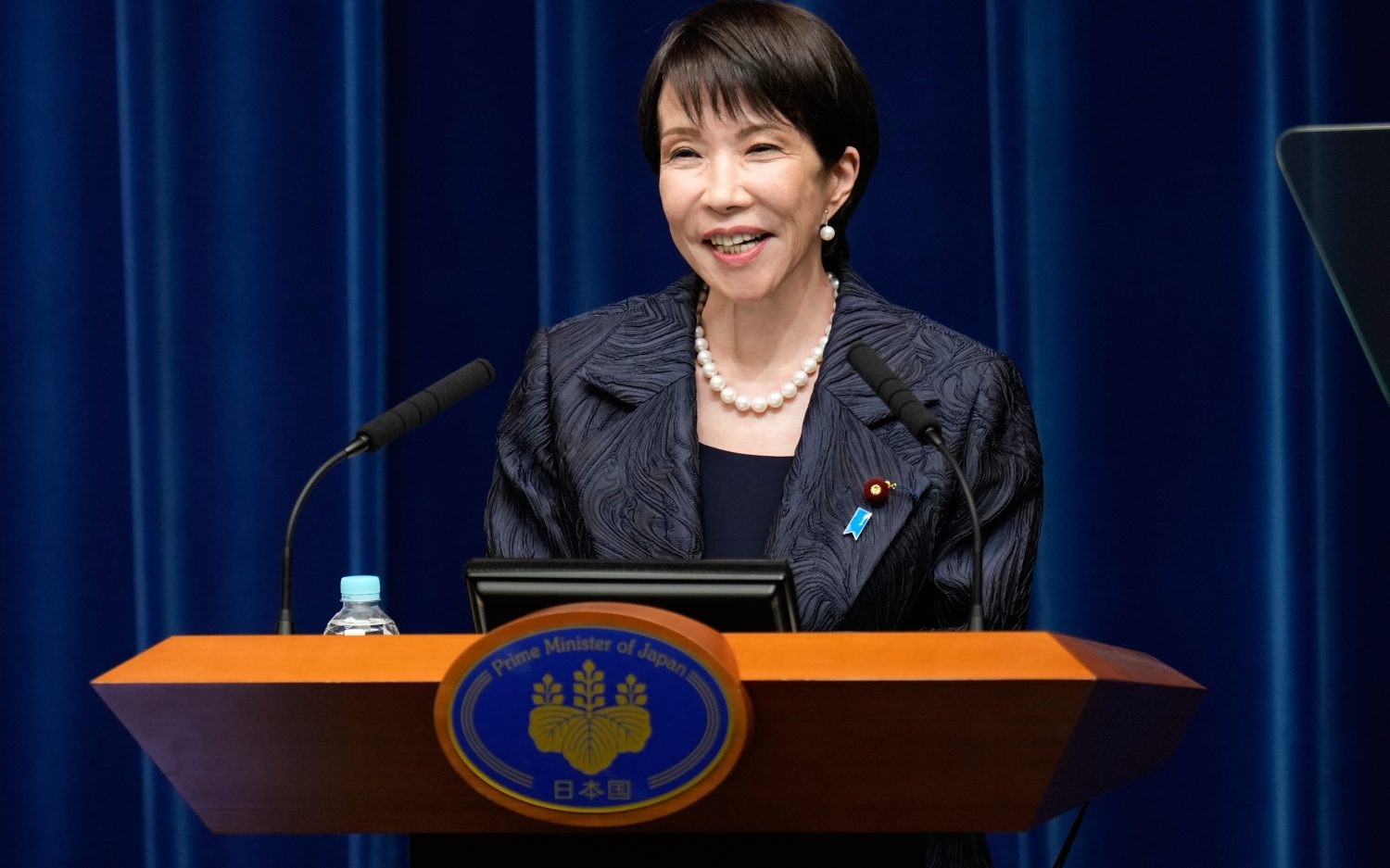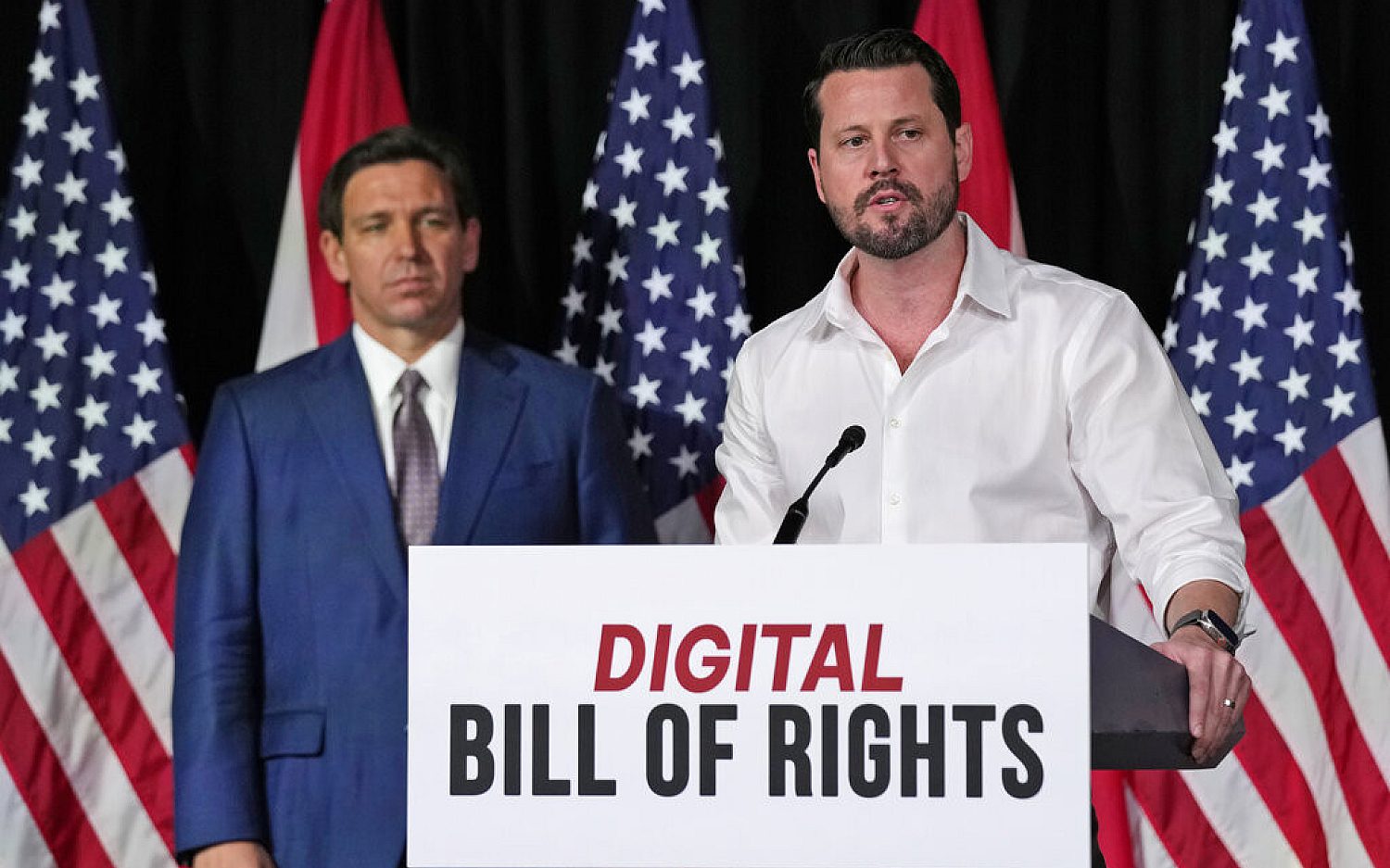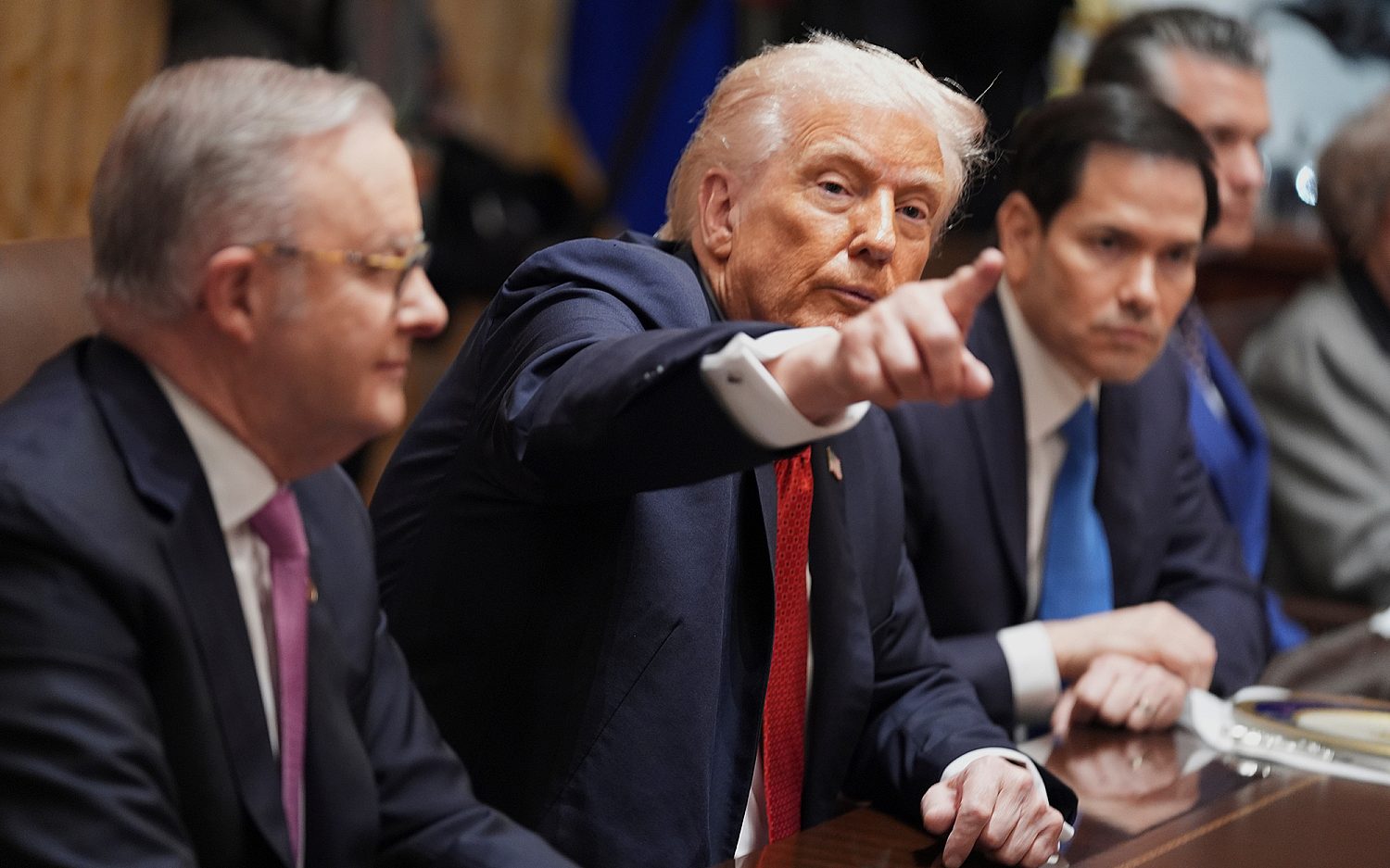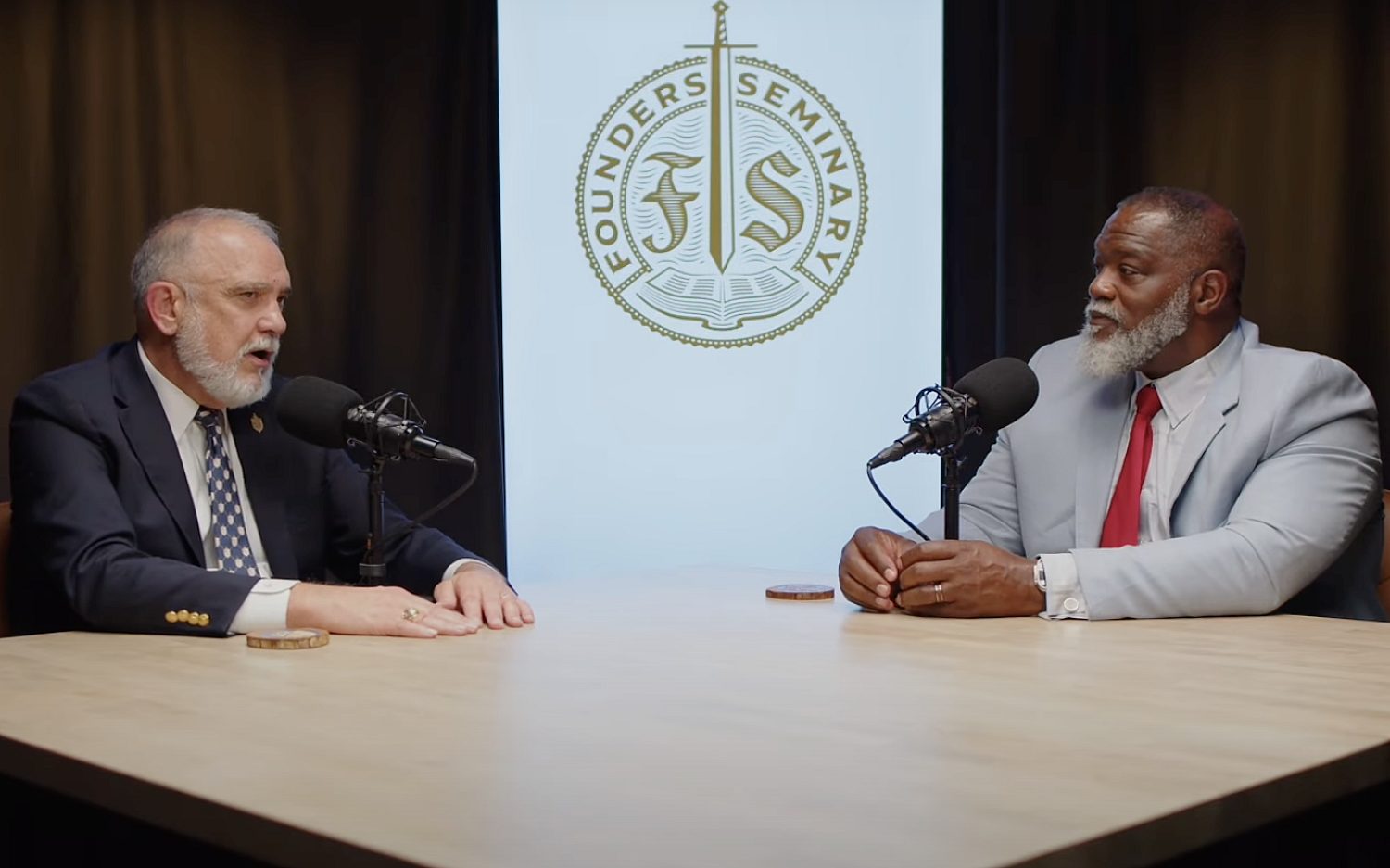Fidel Castro dies at age 90
Cuba’s communist dictator left a lasting mark on world affairs
Former President Fidel Castro, Cuba’s revolutionary communist ruler for five decades, died Friday at age 90. His brother, President Raúl Castro, announced his death on state television.
Although Castro once said, “I will be dignified until the last day of my life,” his last frail years were tabloid fodder for columnists, pundits, and comedians who analyzed his every stumble and shortened speech for evidence of poor health. He was reported dead several times, only to bounce back and announce with glee, “The dead man is not dead yet!” He survived countless skirmishes, assassination attempts, conspiracies, botched surgeries, and life-threatening infections, and remained an icon of the left with his scraggly beard, steely smile, and ever-present cigar between his lips.
Castro, born Aug. 13, 1926, was the illegitimate son of a wealthy landowner and a devoutly Catholic housemaid. His father, a former Spanish soldier, owned a sprawling sugar plantation among remote mountain foothills and employed a thousand sugarcane laborers who lived in palm huts with bare clay floors. Castro grew up playing with their children and developed an acute passion for social justice. By age 13, he was accusing his father of labor exploitation and organizing his first strike among his father’s disgruntled workers.
Castro excelled in his studies and baseball. His Jesuit teachers marveled at his ferocious willpower and intellectual breadth, predicting he would, “no doubt, fill the book of his life with brilliant pages,” according to one of his teachers in the college yearbook. An old college-mate recalled sharing future dreams over café con leche with Castro and other friends: One said he wanted to travel, one wanted to be a poet, another a lawyer. When it was Castro’s turn, he declared, “I want glory and fame,” according to a PBS interview with the former schoolmate.
The University of Havana, a hotbed of political activity, provided fertile training grounds for the self-admittedly “politically illiterate” 18-year-old. Cuba at that time was simmering with social unrest and frustration against corrupt officials and the influence that American investment and mafia wielded over the nation. Within that climate, Castro shaped his own ideological mix of socialism, nationalism, anti-imperialism (or anti-Americanism), and social justice. He dived into university politics and tasted power and fame for the first time.
Castro married philosophy student Mirta Díaz-Balart, whose wealthy father-in-law financed their three-month honeymoon to America—during which Castro reportedly read Karl Marx’s Das Kapital for the first time. He read on, devouring the writings of Marx, José Martí, Friedrich Engels, Vladimir Lenin, and other leftist authors.
In 1952, Fulgencio Batista staged a military coup and appointed himself president. The Washington-backed Batista suspended Cuba’s 1940 Constitution, eliminated most political freedoms, and brutally crushed all opposition. The following year, Castro tried to instigate a revolution, but the government captured, tortured, and killed many of his rebels. At his trial, where Castro was sentenced to 15 years in prison, he defended himself with a four-hour speech calling for various social and economic reforms. He concluded with a statement that became famous: “Condemn me, it does not matter. History will absolve me!”
After 22 months in prison, Batista released Castro and his gang as part of a public-pressured amnesty. The moment he was free, Castro fled to Mexico. There he enlisted 81 comrades, including the Marxist Argentinean doctor Ernesto “Ché” Guevara, to sail 1,235 nautical miles on a rickety 65-foot yacht called Granma, loaded with food, water, and ammunition. The moment they landed, seasick and starving, Batista’s troops fired upon them, killing and capturing most of the rebels. Castro and his shrunken army vanished among the thick forests of the Sierra Maestra to regroup and plot.
While the world assumed he was dead, Castro began crafting his public image with the help of a New York Times reporter who came to his camp at the Sierra Maestra. When the picture of a starry-eyed Castro cradling a telescopic rifle made the front-page, people ate it up. He had not yet won the battle, but he’d already won the narrative: Castro was the underdog, the symbol of resistance, moral citizen, courageous warrior.
Sweeping local support enabled Castro to push his way into Havana and drive out Batista’s regime. Cubans greeted him as a savior, screaming, “Fidel, Fidel, Fidel!” But Castro merely replaced one dictator with another. He ordered more than 500 Batista allies publicly tried and executed. He crushed critical media, dissidents, prostitutes, homosexuals, and even his own moderate-leaning supporters.
Castro also placed known Marxist-Leninists—such as his younger brother Raúl and bosom buddy Guevara—in high official positions. He established formal (but strained) diplomatic relations with the Soviet Union. He nationalized U.S.-owned industries, properties, and banks, Cuban companies and farmlands, and, later, even small, private businesses. By the second anniversary of his revolution, he had virtually uprooted capitalism in Cuba.
Hundreds of thousands of middle-class, self-employed professionals—doctors, teachers, businessmen, and artists— escaped Cuba. Castro at first let them leave, calling them gusanos (worms) and escoria (trash): “We don’t want them. We don’t need them.”
The United States cut diplomatic ties with Cuba on Jan 3, 1961. Four months later, President John F. Kennedy sent a group of CIA-trained-and-funded Cuban exiles to invade. Castro personally commanded the counteroffensive and won within 48 hours. That victory embarrassed Washington and elevated Castro’s power and popularity in Latin America. Castro for the first time labeled his revolution “socialist.” In 1962, he proclaimed Cuba an atheist nation, discriminating against practicing Catholics and even banning Christmas until 1997, although a large number of Cubans—including most of his own family members—were Catholic.
Although Castro embarked on ambitious social and economic reforms—free education and free national healthcare—the system depended on generous subsidies from the Soviet Union. The disintegration of the Soviet Union cut Cuba off from $6 billion per year worth of subsidies, pushing the country even deeper into misery.
While Castro remained staunch on his isolationist ideals to the end, his younger brother and now-President Raúl Castro displays more realism-tempered willingness for reform and olive-branch diplomacy with the United States. But the older brother overshadowed the younger with his constant meddling, even during Raúl’s brief presidency in 2006 (due to Fidel’s sudden illness). In 2008 Fidel officially stepped down from the presidency, finally leaving room for Raúl’s ascension into a seat that many had predicted would implode without his brother—but Raúl has so far slipped into the Castro throne with surprising efficiency.
In 2015, Raúl Castro shook hands with President Barack Obama in the first meeting between U.S. and Cuban heads of state since the countries severed ties in 1961. The meeting followed a December 2014 announcement that marked the beginning of a slow normalization of relations between the two countries. Fidel later gave his belated, bridled approval (adding that he still doesn’t “trust the policy of the United States”), which no longer held the weight it once did, but still legitimized the move for many who remembered his golden days.
The Cuban government announced Castro’s ashes would be interred Dec. 4 in the eastern city of Santiago that was a birthplace of his revolution. The burial will follow more than a week of honors, including a nearly nationwide caravan retracing, in reverse, his tour from Santiago to Havana after the revolution in 1959.
An actual newsletter worth subscribing to instead of just a collection of links. —Adam
Sign up to receive The Sift email newsletter each weekday morning for the latest headlines from WORLD’s breaking news team.





Please wait while we load the latest comments...
Comments
Please register, subscribe, or log in to comment on this article.